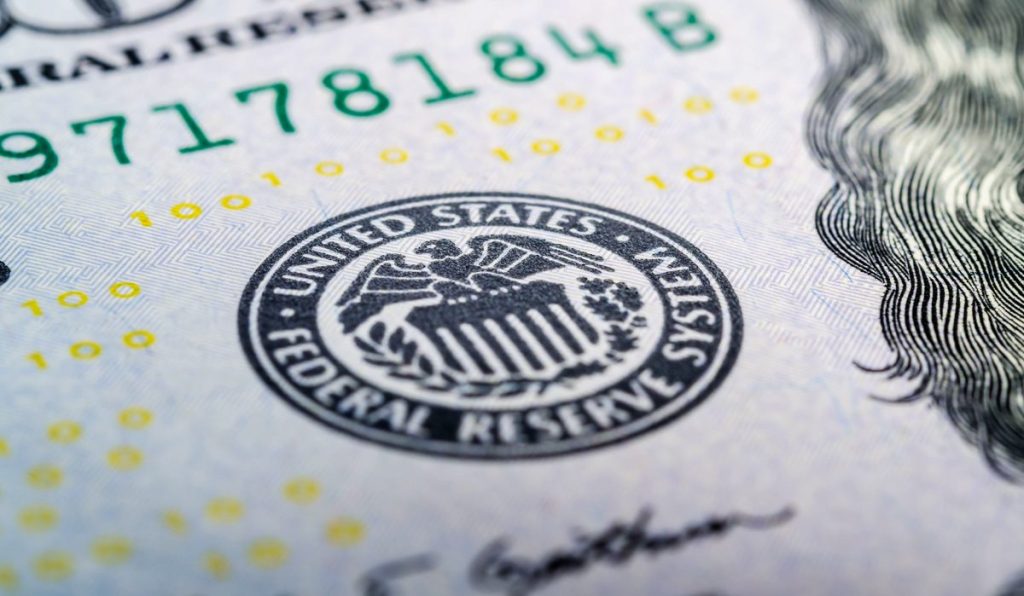Federal Reserve Chairman Jerome Powell on Thursday announced a major shift in monetary policy that will allow the central bank to use inflation averaging, rather than the current practice of setting a hard target.
Speaking at a video-only version of the Federal Reserve Bank of Kansas City’s annual conference, Powell said the Fed will no longer raise its benchmark rate to keep unemployment from falling too low and will allow inflation to run slightly higher than the current 2% target after periods of economic weakness.
Both of those moves might be good for workers looking for pay raises, said Dean Baker, senior economist at the Center for Economic and Policy Research. The downside is: Higher inflation would put upward pressure on mortgage rates.
“I know no one wants to pay higher mortgage rates, but if their wages are rising faster as a result of today’s change in Fed policy, it ends up being a wash,” Baker said in an interview.
Mortgage-bond investors use inflation as the mainstay of their calculation that determines the yield, or return, they are willing to accept. Because higher inflation eats into bond yields, investors demand a higher return for the mortgage-backed securities and other bonds they buy when inflation is rising. Inflation fears also boost yields on Treasuries, which are used as a benchmark for MBS investors.
The Fed’s new policy likely will keep its overnight lending rate at its current near-zero level for years as the economy recovers from the recession caused by the COVID-19 pandemic. That keeps rates low for home equity lines of credit, which often are linked to prime rates that are benchmarked to the Fed’s rate, even as higher inflation pushes up long-term home-loan rates.
“We will seek to achieve inflation that averages 2% over time,” Powell said in his Jackson Hole speech. “Therefore, following periods when inflation has been running below 2%, appropriate monetary policy will likely aim to achieve inflation moderately above 2% for some time.”
The policy will only come into play when the U.S. economy is recovered enough to cause prices to rise. That’s not going to happen until the pandemic is brought under control, Powell said last month.
For decades, the Fed raised rates as joblessness fell to avoid overheating the economy. The central bank used that approach from 2015 to 2018, raising rates nine times as the unemployment rate fell, trying to prevent inflation before it materialized.
In the past 12 months, the U.S. unemployment rate has fallen to a record low of 3.5% without sparking inflation.
When asked during Congressional testimony last year what had happened, Powell responded simply: “We were wrong.”






